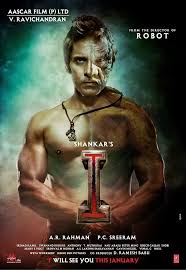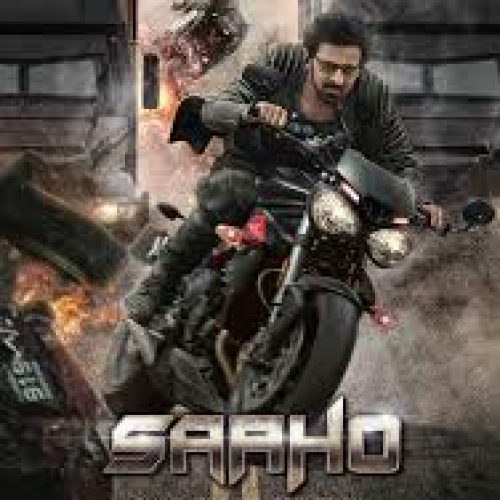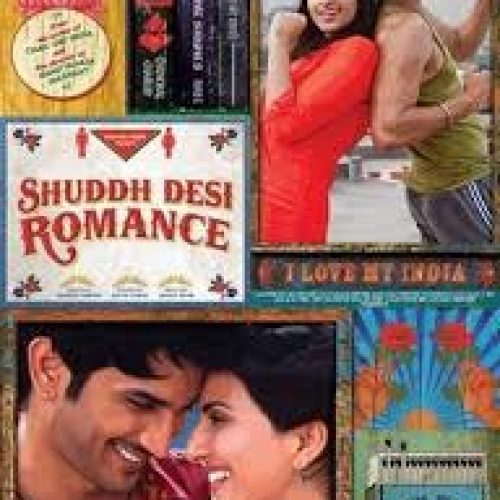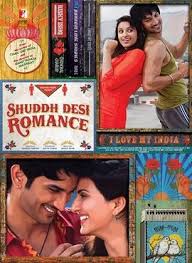When beauty and vengeance intertwine, the result is a visually mesmerizing and emotionally charged spectacle. Released in 2015, this Tamil-language film stars Vikram in one of the most transformative roles of his career, alongside Amy Jackson and Upen Patel. Directed by Shankar, the film is set in contemporary India, but it also spans across lavish international locations. With a blend of romance, action, and psychological drama, the movie fits squarely into the genre of epic, larger-than-life storytelling.
The plot follows the rise and fall of a bodybuilder-turned-supermodel, Lingesan, whose life takes a dark turn after he falls victim to a sinister conspiracy. His journey starts in a small town, where he dreams of becoming Mr. India. Along the way, he meets Diya, a top model played by Amy, who introduces him to the glamorous world of fashion. But this newfound success comes with a price. Lingesan becomes the target of a group of vengeful individuals who seek to destroy both his career and his physical appearance. What begins as a tale of ambition quickly spirals into one of vengeance, love, and redemption as Lingesan seeks to take down those responsible for his plight.
One of the most striking aspects of the film is Vikram’s performance. Known for his dedication to physically transformative roles, Vikram goes through an astonishing metamorphosis. From the muscular, charming model to the disfigured and broken man seeking revenge, his performance is nothing short of incredible. He convincingly portrays both the innocence of a small-town boy and the anguish of someone who has lost everything. Vikram’s physical transformation, including drastic weight loss and hours spent in prosthetic makeup, elevates the emotional weight of the character’s arc. Amy, on the other hand, plays the role of a glamorous model with grace, and while her performance is solid, it’s Vikram who commands attention throughout the film. Upen as the antagonist, John, offers a stylish but somewhat underdeveloped villain.
Visually, the film is a masterpiece. Shankar, known for his grand vision and penchant for larger-than-life narratives, brings his A-game with stunning set pieces and picturesque locales. The cinematography by P.C. Sreeram is breathtaking, capturing everything from the crowded streets of Chennai to the luxurious fashion shoots set against the backdrop of Chinese landscapes. The use of vibrant colors and dramatic lighting complements the film’s over-the-top narrative style. The action sequences, especially the climactic fight scenes, are brilliantly shot and choreographed, giving the film an energetic and dynamic feel. One standout sequence involves a fantastical dreamscape where Vikram and Amy’s characters perform a surreal ballet, blending CGI and practical effects seamlessly.
Speaking of CGI, the special effects deserve special mention. The transformation of Vikram’s character into a grotesque figure is handled with precision, blending makeup and visual effects to create a believable and horrifying look. Shankar’s expertise in merging technology with storytelling is evident here, as the film uses visual effects not just for spectacle but to serve the narrative. The scenes where Vikram’s character is shown in his most vulnerable and monstrous state are both heartbreaking and visually stunning. Despite a few moments where the CGI feels excessive or slightly artificial, for the most part, it enhances the overall cinematic experience.
The film’s soundtrack and background score, composed by A.R. Rahman, further elevate the emotional and dramatic intensity. Songs like “Mersalaayitten” and “Ennodu Nee Irundhaal” are memorable, blending traditional Indian music with modern beats and orchestration. Rahman’s score is evocative, especially during moments of high tension or emotional depth, adding a layer of grandeur to Shankar’s already epic vision. The music is integrated well into the narrative, enhancing both the romantic and action-driven aspects of the film.
The film also makes a bold statement about the fashion industry, the obsession with beauty, and the consequences of vanity. Lingesan’s transformation from an object of desire to someone rejected by society due to his appearance is a powerful commentary on how physical beauty is idolized while inner worth is overlooked. The theme of vengeance and justice is interwoven with these social critiques, making the story both entertaining and thought-provoking. At its heart, the film questions what happens when beauty fades and the lengths people will go to protect or reclaim it.
However, the movie is not without its flaws. The narrative, though gripping, sometimes feels bloated, with a runtime that stretches over three hours. Certain subplots, especially those involving the supporting characters, could have been trimmed to make the film more concise. Additionally, while the screenplay tries to balance romance, action, and psychological drama, it occasionally shifts jarringly between tones. The romantic portions, while necessary to establish the relationship between Vikram and Amy’s characters, can feel slow-paced in comparison to the high-octane action sequences.
Despite these issues, the movie is undeniably a visual and emotional spectacle. The lavish sets, grand narrative scale, and commitment to pushing the boundaries of visual effects make it stand out in Indian cinema. Shankar’s direction is ambitious, and although the film might not appeal to everyone due to its length and sometimes heavy-handed approach to storytelling, it offers a unique blend of genres that is both entertaining and thought-provoking.
In conclusion, the movie is a bold and visually stunning film that showcases the best of what Indian cinema can offer in terms of ambition and scope. Vikram’s transformative performance is worth the price of admission alone, and the film’s themes of beauty, revenge, and redemption are explored with a mix of drama, action, and romance. If you’re a fan of grand, larger-than-life stories with a mix of spectacle and heart, this is a film you shouldn’t miss. Just be prepared for a long, emotional ride.







